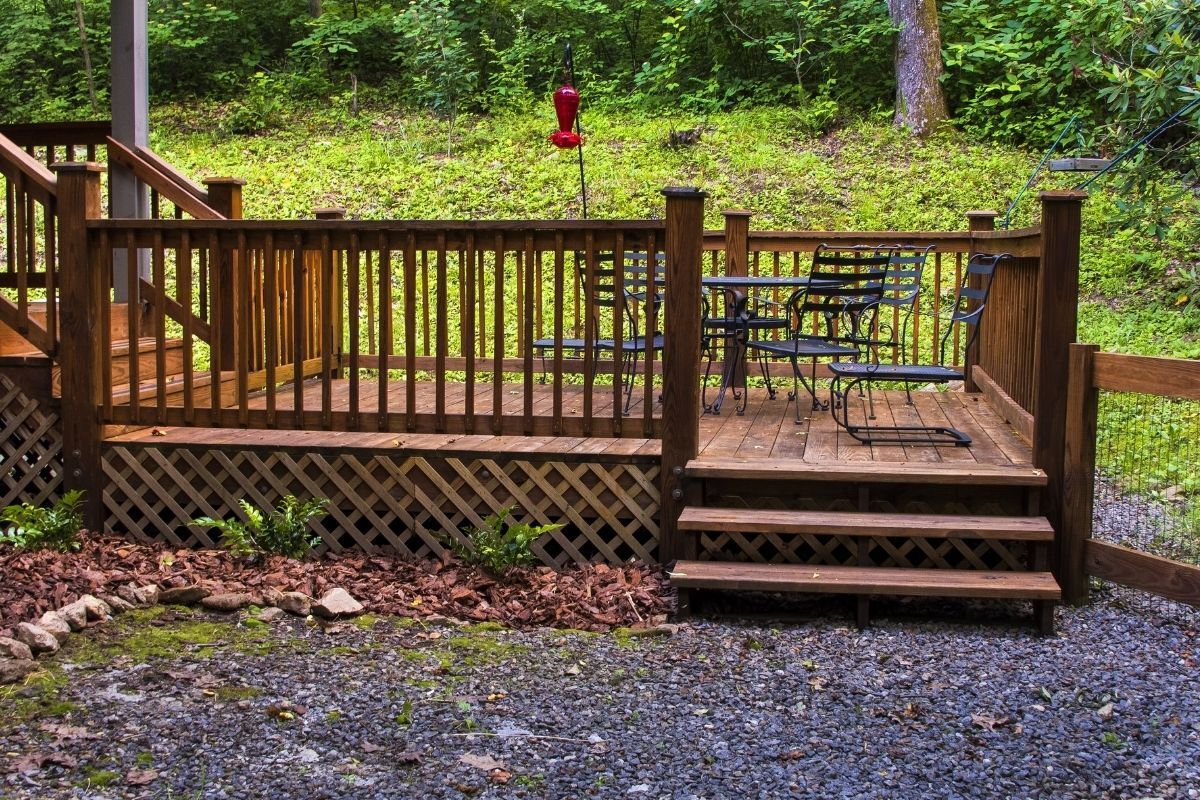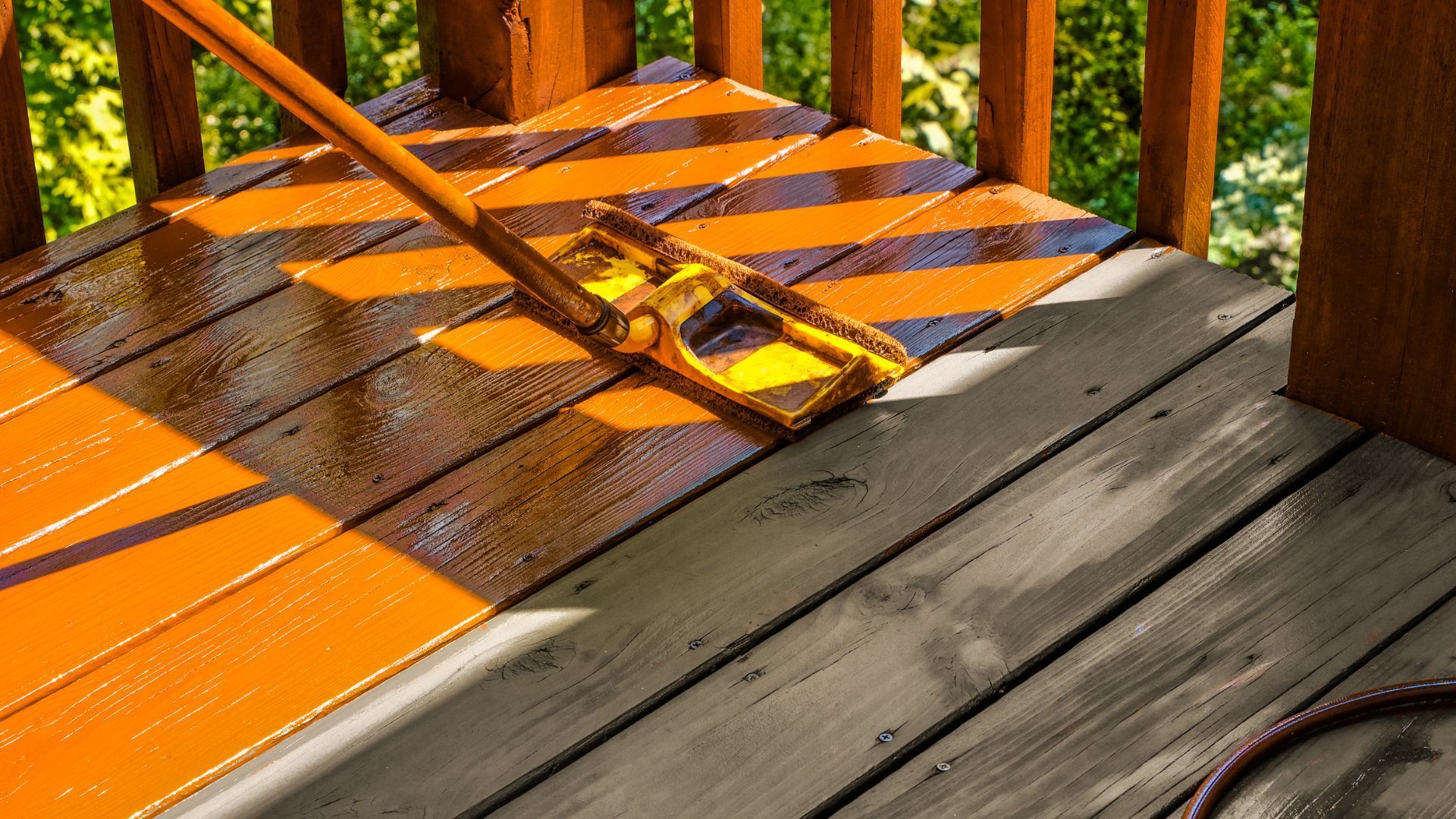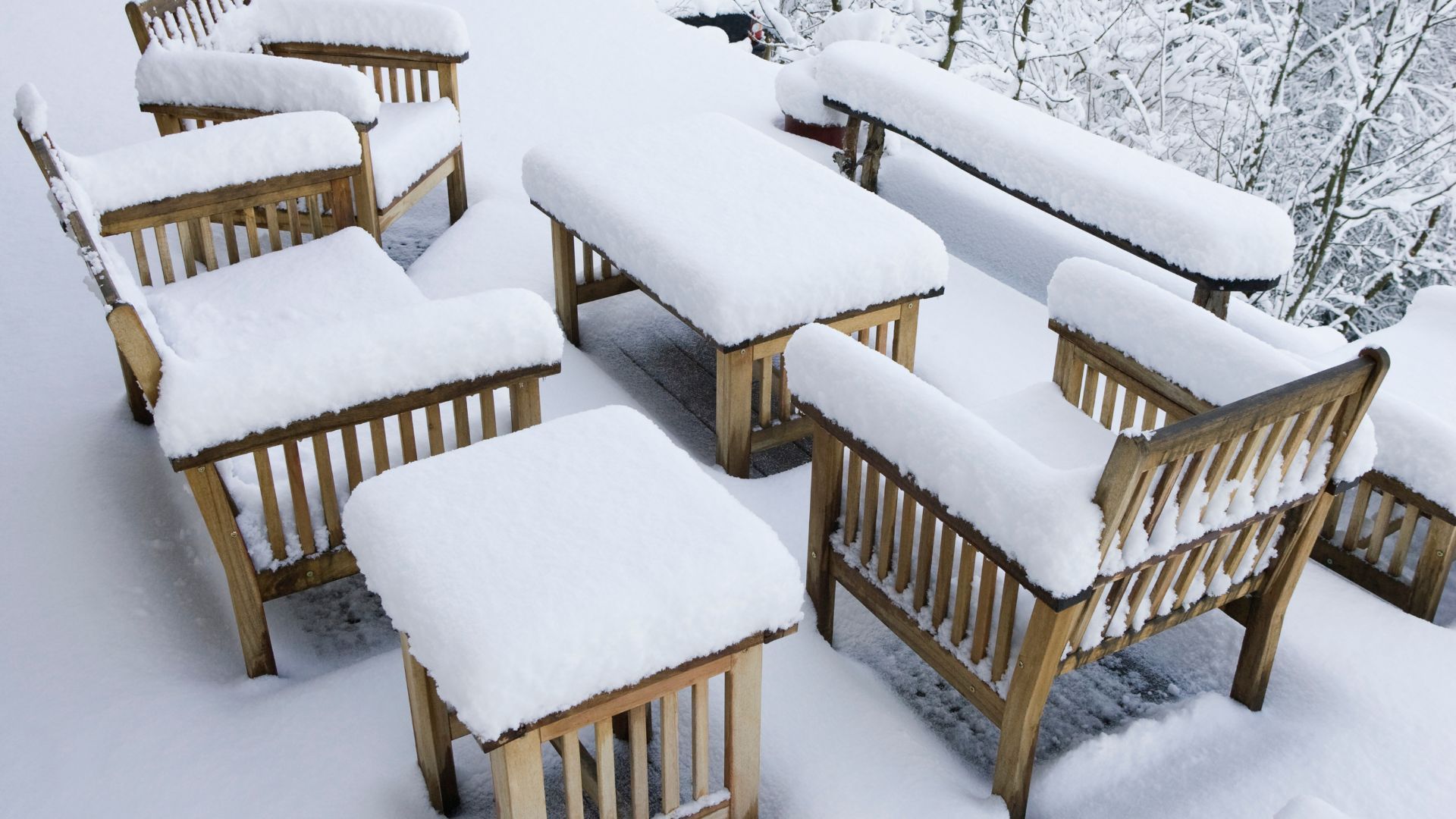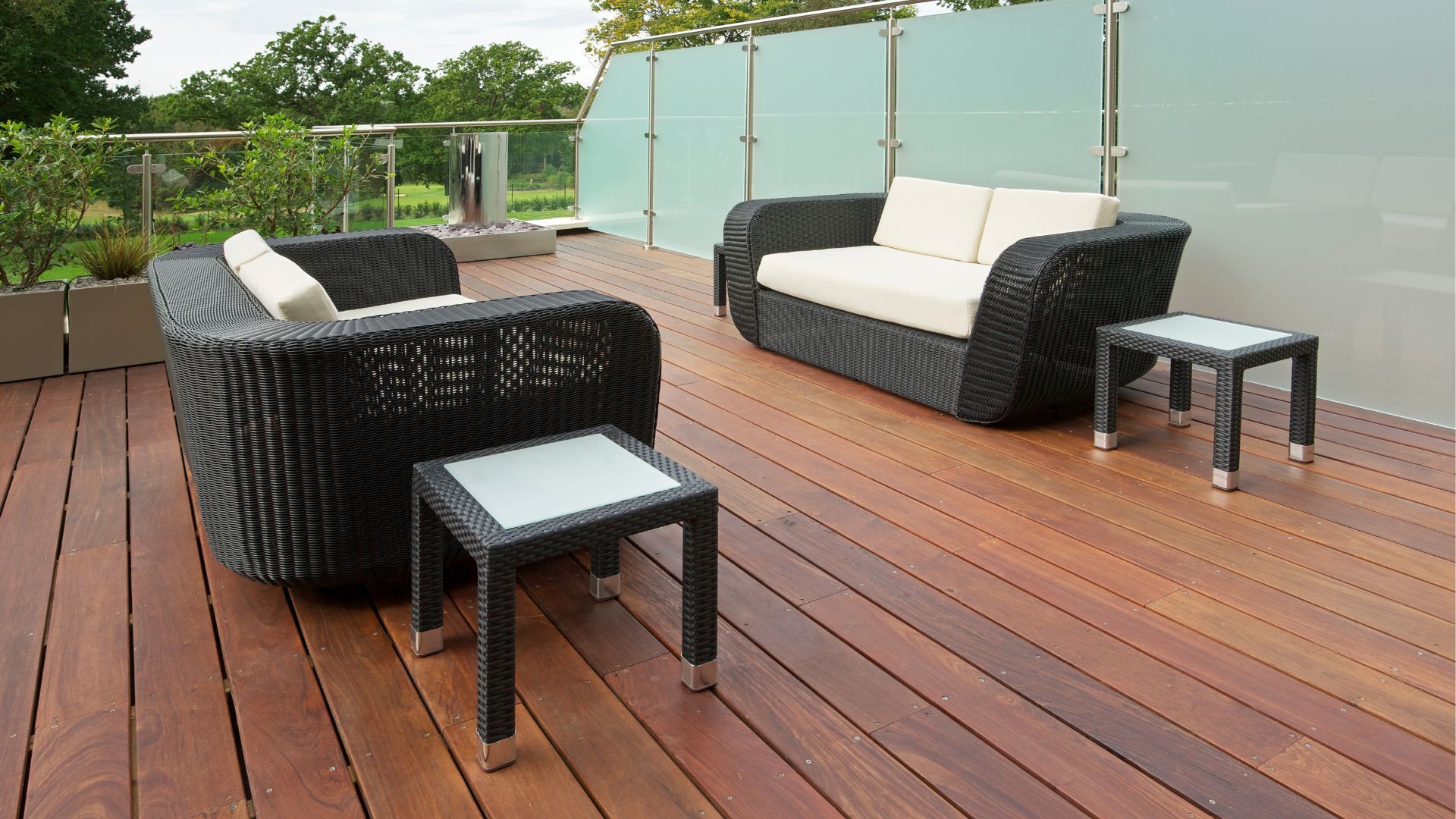Buffalo's Historic Charm: Incorporating Traditional Elements into Your Deck Design
Buffalo, NY, is a city steeped in history, with its architectural landscape showcasing a rich tapestry of design styles from various eras. For homeowners in Buffalo looking to enhance their outdoor spaces, incorporating traditional elements into your deck design can pay homage to this heritage while providing a modern, functional outdoor living area. Blue Buffalo Decks specializes in blending the old with the new, crafting decks that resonate with Buffalo’s historic charm. Here are ways to incorporate traditional elements into your deck design in Buffalo.

Embrace Classic Materials
Wood: The Timeless Choice
Wood decking is quintessential for achieving a traditional look. Species like cedar and redwood not only offer natural beauty and durability but also evoke a sense of warmth and timelessness that complements historic homes. For a more eco-friendly approach, consider using reclaimed wood, which adds character and history to your deck while being environmentally conscious.
Incorporate Architectural Details
Railings and Balusters
The details matter when aiming to reflect Buffalo's historic charm. Opt for railings and balusters that mimic those found in your home’s architectural period. Victorian homes, for instance, can benefit from ornate, wrought iron railings, while Craftsman-style homes pair well with simpler, wooden railings that emphasize craftsmanship and natural materials.
Add Period-Appropriate Color Schemes
Complement Your Home’s Exterior
Choosing colors that match or complement your home’s existing palette can make your deck feel like an extension of your indoor space. For historic homes, consider muted, earthy tones or the rich, deep hues commonly found in Victorian and Craftsman homes. A professional paint or stain can protect your deck while enhancing its traditional aesthetic.
Integrate Vintage or Reproduction Lighting
Setting the Ambiance
Lighting plays a crucial role in setting the ambiance of your outdoor space. Install vintage or reproduction lighting fixtures that reflect the era of your home. Lantern-style lights, for example, can offer a soft, inviting glow while reinforcing the historic theme of your deck.
Choose Period-Appropriate Furniture and Accents
Furnishing with History in Mind
Select outdoor furniture that echoes the design period of your Buffalo home. Wrought iron furniture suits Victorian homes, while wooden benches and chairs complement Craftsman-style exteriors. Accessorize with antique or vintage finds from local Buffalo markets to add authenticity and charm to your space.
Incorporate Landscaping and Greenery
A Nod to Nature
Historic homes often featured gardens and natural elements as part of their overall design. Incorporate landscaping and greenery that could have been found in the home’s original era. Native plants, flower beds, and even small trees can add life to your deck area and create a seamless transition between the home and garden.
Custom Features for a Personal Touch
Craftsmanship and Detail
Consider adding custom features that showcase craftsmanship and attention to detail, such as built-in seating with intricate woodwork or a pergola that provides shade and architectural interest. These elements not only enhance the usability of your deck but also pay tribute to the skilled workmanship of Buffalo's historical homes.
Conclusion
Creating a deck that complements the historic charm of your Buffalo home involves thoughtful selection of materials, attention to architectural details, and a nod to the past through color, lighting, and decor. Blue Buffalo Decks is committed to helping you design a deck that honors Buffalo’s heritage while providing a beautiful, functional outdoor living space.
Call to Action
Ready to infuse your Buffalo home's deck with historical charm? Contact Blue Buffalo Decks to explore design options that celebrate the past while embracing modern functionality.
FAQs
How do I maintain a wood deck in Buffalo's climate?
Regular cleaning, annual sealing or staining, and prompt repairs to any damage can help preserve your wood deck in Buffalo’s varying climate.
Can modern amenities be integrated into a historically themed deck?
Absolutely. Modern amenities like outdoor kitchens and sound systems can be designed to blend seamlessly with your deck’s historical theme, offering the best of both worlds.
Are there eco-friendly options for traditional deck designs?
Yes, using reclaimed wood, eco-friendly stains and sealers, and incorporating native plants are all ways to make your traditional deck design more environmentally friendly.
How can I ensure my deck design complies with local regulations?
Working with a professional deck builder like Blue Buffalo Decks ensures that your design meets all local building codes and regulations, including those pertaining to historic districts.




